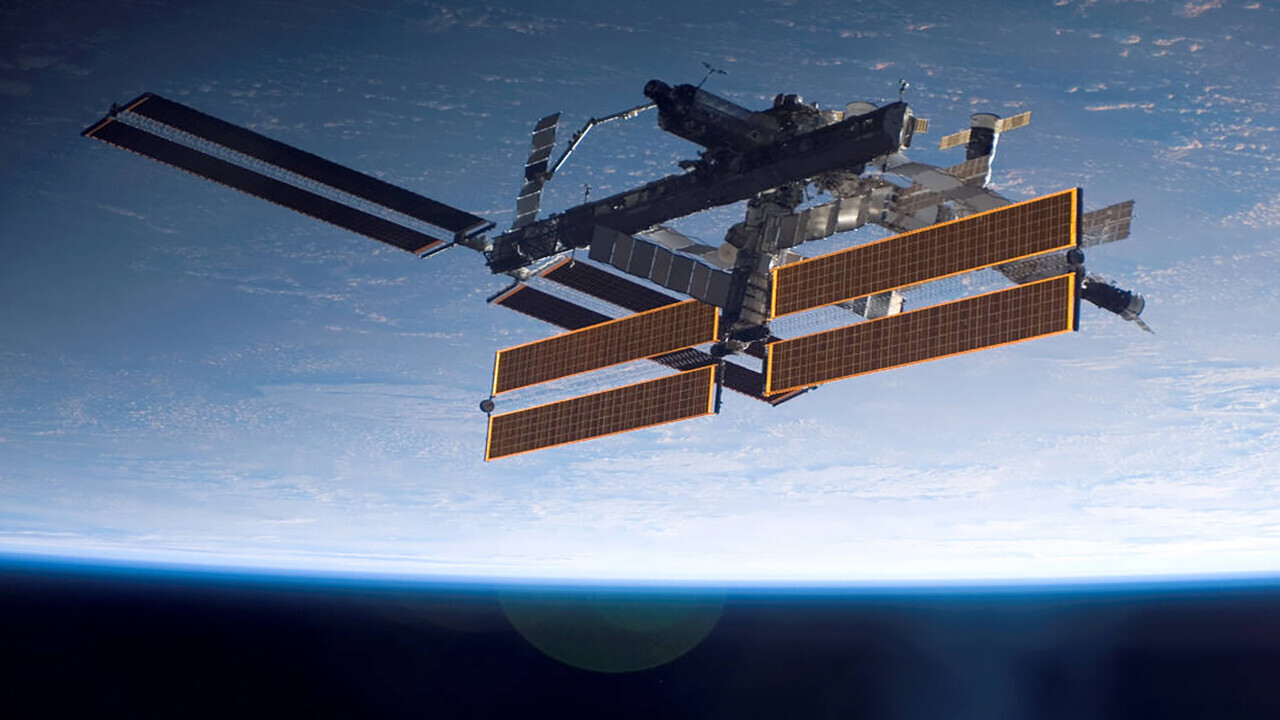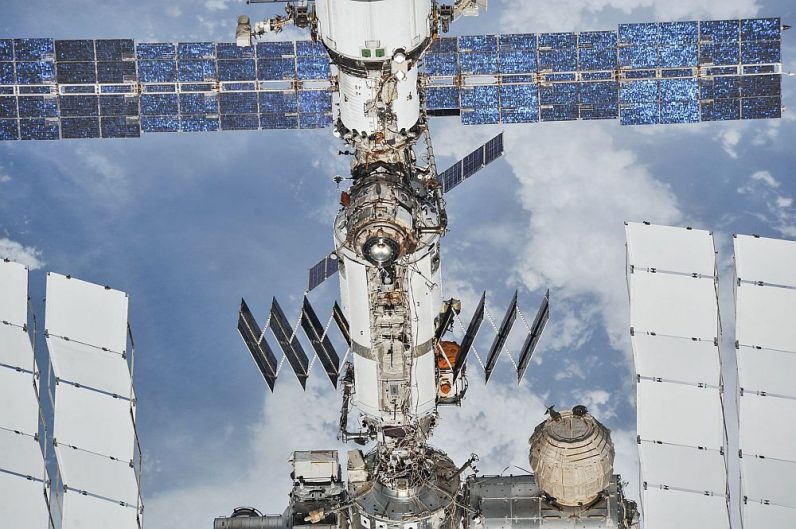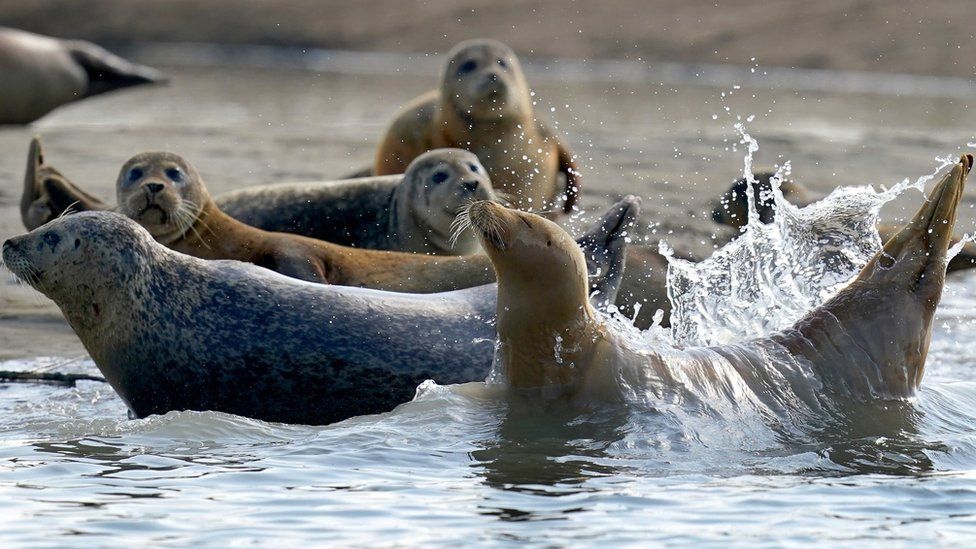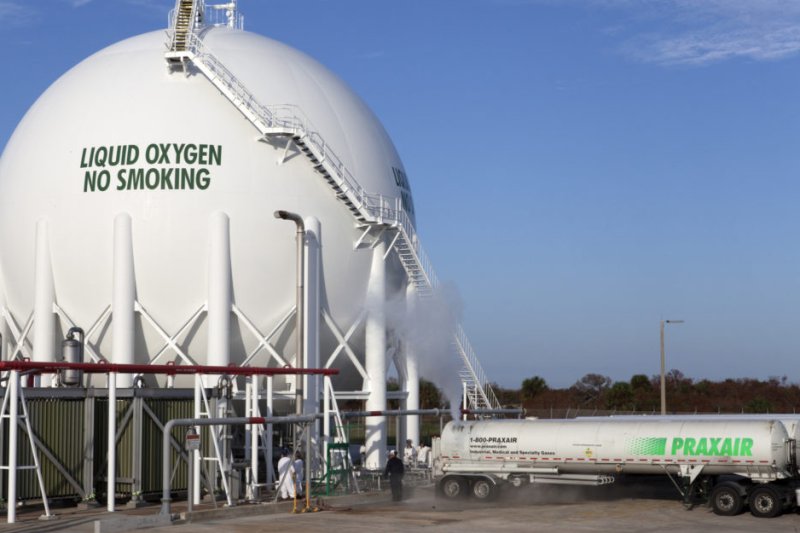Participatory science: a meteorite over Brittany, and hundreds of testimonies
The general public describes them as “meteors”. As long as they have not touched the mainland, scientists prefer the term “meteorites” or “meteorites” over them. To the naked eye and to the noise it’s a big pebble that crossed the sky over Brittany Point just before 10 p.m., on Sunday, September 5. The star followed a course from south to north, from Dornese, past the highest peak of Morlix, then over Pyrrhus-Guerik, before disappearing over the Channel not far from the British coast: the Channel Islands air rescue body also indicated its presence. Notice the meteor in the Jersey sky, exactly at 9:47 p.m. “Because of its extreme luminosity, the weight of the polyide should be on the order of one kilogram and we estimate its velocity at about 70 kilometers per second, identifies François Colas, of the Observatory from Paris (OBSPM). It followed an almost linear trajectory and went so fast that it ended up disintegrating about 40 kilometers above sea level. From the channel.” By finishing off the dust scattered in the sea, this rocky body cannot therefore be classified as… a meteorite. Therefore it is ranked among the 95% of the luminous events that occur every year in our sky that give no terrestrial impact.
popular madness
However, this rather rare phenomenon by its brilliance is confirmed by hundreds of testimonies multiplied on social networks. “ Our FRIPON / Vigie-Ciel Site More than 250 declarations have been registered, which means that our network is gradually establishing itself as a benchmark,” enthuses Brigitte Zanda of the National Museum of Natural History (MNHM) who works with Sylvain Bouly of the GéoSciences Laboratory at the University of Paris-Sud and François Colas created this monitoring system in 2015. The researcher continues: “For us, this dimension of participatory science is central to research development, and as we see, people want to help us in our process.”
It’s hard to find meteors when they hit Earth
For this “pebble” that flew over northwest France and was seen as far as Normandy, the descriptions are always the same: a luminous flicker at a very high speed is visible for a few seconds, and after a few more minutes, a thud corresponding to the shock wave. A “thumping” sound would, in Brest, make the windows of houses vibrate. Some even believed in an earthquake. “The disintegration was inevitable due to the speed of the body, continues François Colas. It was about ten times faster than the Crew Dragon capsule that would bring Thomas Bisquet back to Earth.” It happens that meteorites develop more slowly. It all depends on their orbital speed and Earth’s speed. “The two forces can conflict with each other, which is very rare, but it is estimated that a vehicle would have to evolve at less than 20 kilometers per second to get through the atmosphere and end up in one piece. And again, like a large part of the Earth’s surface is made up of oceans. , which reduces the probability of these small celestial bodies landing on land .5 to 25 times in meteorites annually.
In addition to its participatory dimension, the Fripon Network (Fireball Recovery InterPlanetary and Observation Network, Editor’s Note.) now has a good hundred wide-field (360°) cameras whose installation has been state funded via the National Research Agency (ANR).” ), explains Brigitte Zanda. Most of them are separated by about 70 to 100 kilometers.” A sufficient network to observe the various natural celestial events over France. This was the case last night in Brittany even if one of the cameras (in Brest) was disturbed by a thick layer of clouds. “I am currently working on refining the track by doing the calculations manually. We will achieve greater accuracy thanks to the testimonies collected, welcomes François Colas. Here again, citizen participation will be essential. The Paris Observatory is also preparing to help them track the meteorites from next weekend. “We are organizing a fishing expedition near the Maisontiers in Deux-Sèvres to try and find one that fell on July 13.” Dozens of enthusiasts are expected on the site. Amazing than in Brittany, the harvest may be much more expensive for scientists.













